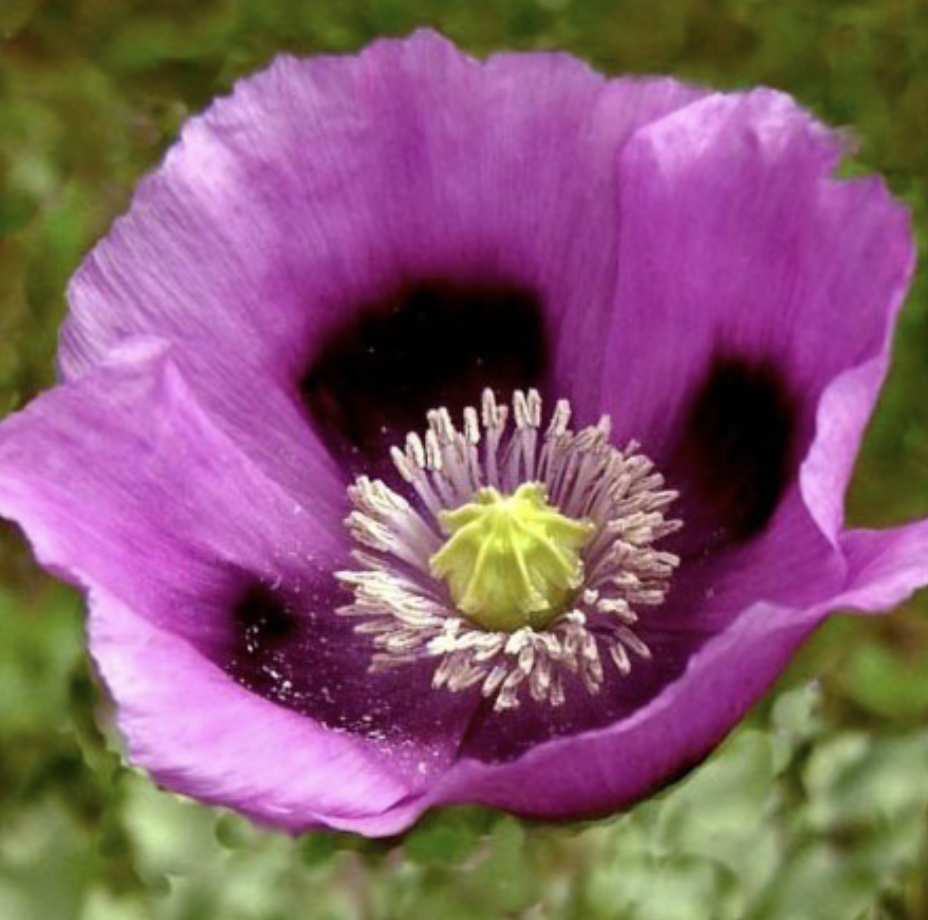Cut Flower Garden Instructions
Zinnia Queeny Mix
Light preference: Full sun
Spacing: 9-12”
Harvest instructions: Perform the “wiggle test” (grab the stem about 6” down and give it a shake. If the top part wiggles, it’s not ready; if the stem is stiff, it’s time to harvest.
Additional tips: This is a “cut and come again” flower, so feel free to cut as many blooms as possible. May require staking.
Double Click Cosmos
Light preference: Full sun
Spacing: 9-12”
Harvest instructions: Harvest when petals are just opening
Additional tips: This is a “cut and come again” flower, so feel free to cut as many blooms as possible. May require staking.
Celosia Pampas Plume Mix
Light preference: Full sun
Spacing: 6-12”
Harvest instructions: Harvest when blooms are fully open and stems are firm at the base of the bloom
Additional tips: Barely cover seeds when planting, as they require light to germinate. This is a “cut and come again” flower, so feel free to cut as many blooms as possible. May require staking. To ternate more plants, “pinch” off the top leaf set once the plant reaches six inches- this will encourage branching.
Hopi Red Dye Amaranth
Light preference: Full sun
Spacing: 12-15”; can plant closer for smaller blooms.
Harvest instructions: Harvest when at least 3/4 of the flowers are open
Additional tips: This is a “cut and come again” flower, so feel free to cut as many blooms as possible. Will require staking. Leaves are edible when young and tender. Stems, leaves and flowers can be used to create a dye.
Procut Sunflower Mix
Light preference: Full sun
Spacing: 6”
Harvest instructions: For the longest vase life, harvest when the petals are just starting to lift. Harvesting at this stage also helps guarantee your petals won’t get nibbled by pests.
Additional tips: These are single stemmed sunflowers and will be smaller than what you’re typically used to, making them great as a cut flower. May require staking.
Cinnamon Basil
Light preference: Full sun
Spacing: 4-6”
Harvest instructions: Best harvested early in the morning before the heat makes them floppy. You can harvest and eat the leaves of these plants, but I prefer to wait until they flower to provide a unique foliage for arrangements.
Additional tips: Barely cover seeds when planting.
Breadseed Poppies
Light preference: Full sun; part shade
Spacing: 6-8”
Harvest instructions: The flowers are best enjoyed in the garden, as they have a very short vase life. If you wait until the petals fall off, you’ll be rewarded with a beautiful rattle full of seeds that you can harvest as a textural element for bouquets, or use the seeds for baking. If harvesting for the seeds, wait til the rattle is dry.
Additional tips: These should not be planted until late winter/early spring, as they need a cool period to thrive. Sprinkle on top of the soil and lightly tamp down. Do not cover, as they need light to germinate.
Strawflower
Light preference: Full sun
Spacing: 10-12”
Harvest instructions: Harvest in the morning so as to best identify when blooms are ready. Cut when 2-3 layers of petals have opened but before the center is fully visible.
Additional tips: These work best when seeds are started inside and then planted as transplants. This is a “cut and come again” flower, so feel free to cut as many blooms as possible. May require staking. Makes an excellent dried flower.
Lisianthus
Light preference: Full sun
Spacing: 4-8”
Harvest instructions: Usually, a bud on the middle of the plant will open on a shorter stem. Cut that one off to encourage the other blooms to start opening. Harvest when 2 or more buds are open. Cut low to the ground leaving a few leaves and they may develop a “second flush” in the fall.
Additional tips: These are extremely finicky to germinate and work best when planted out as seedlings. Requires staking for straight stems.










